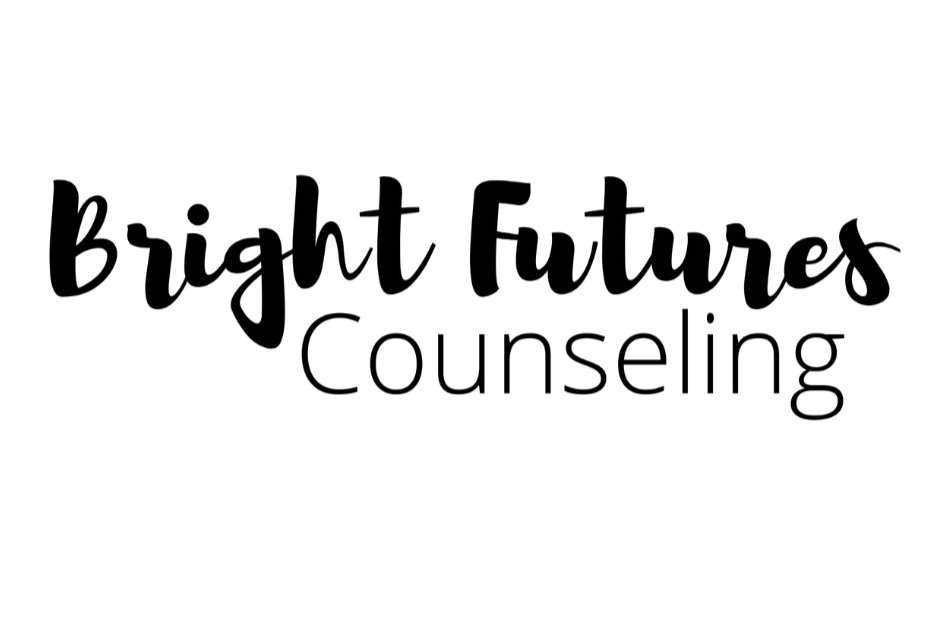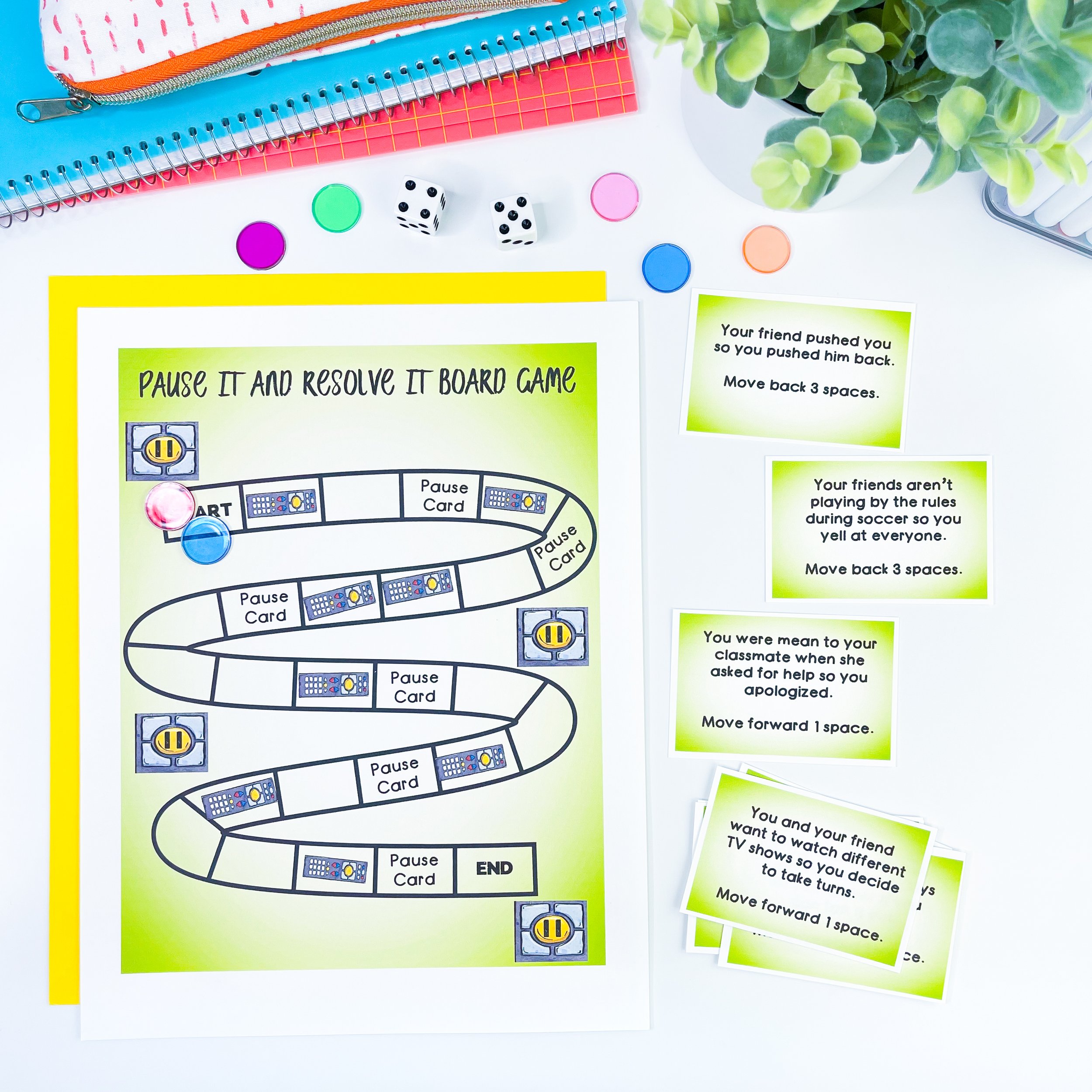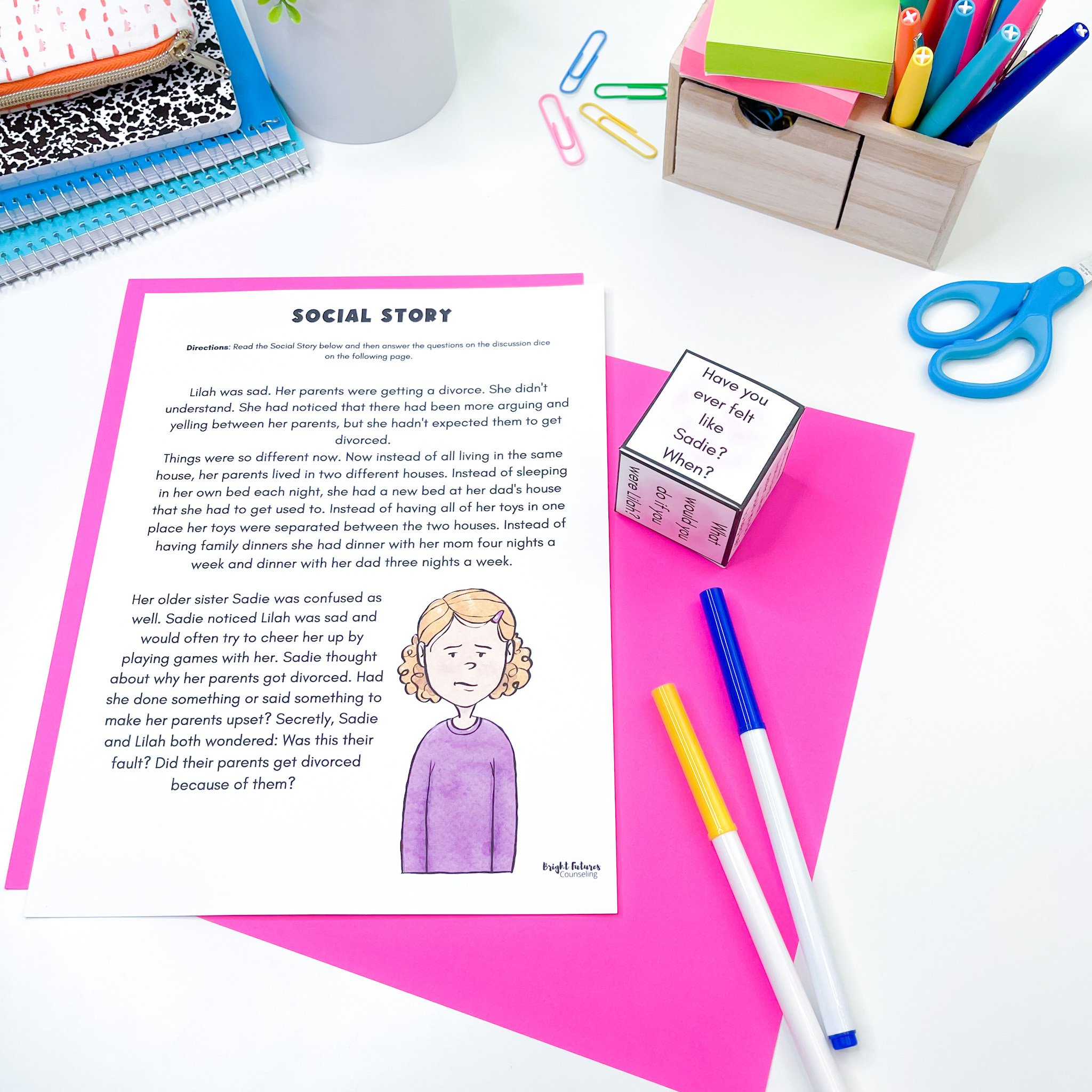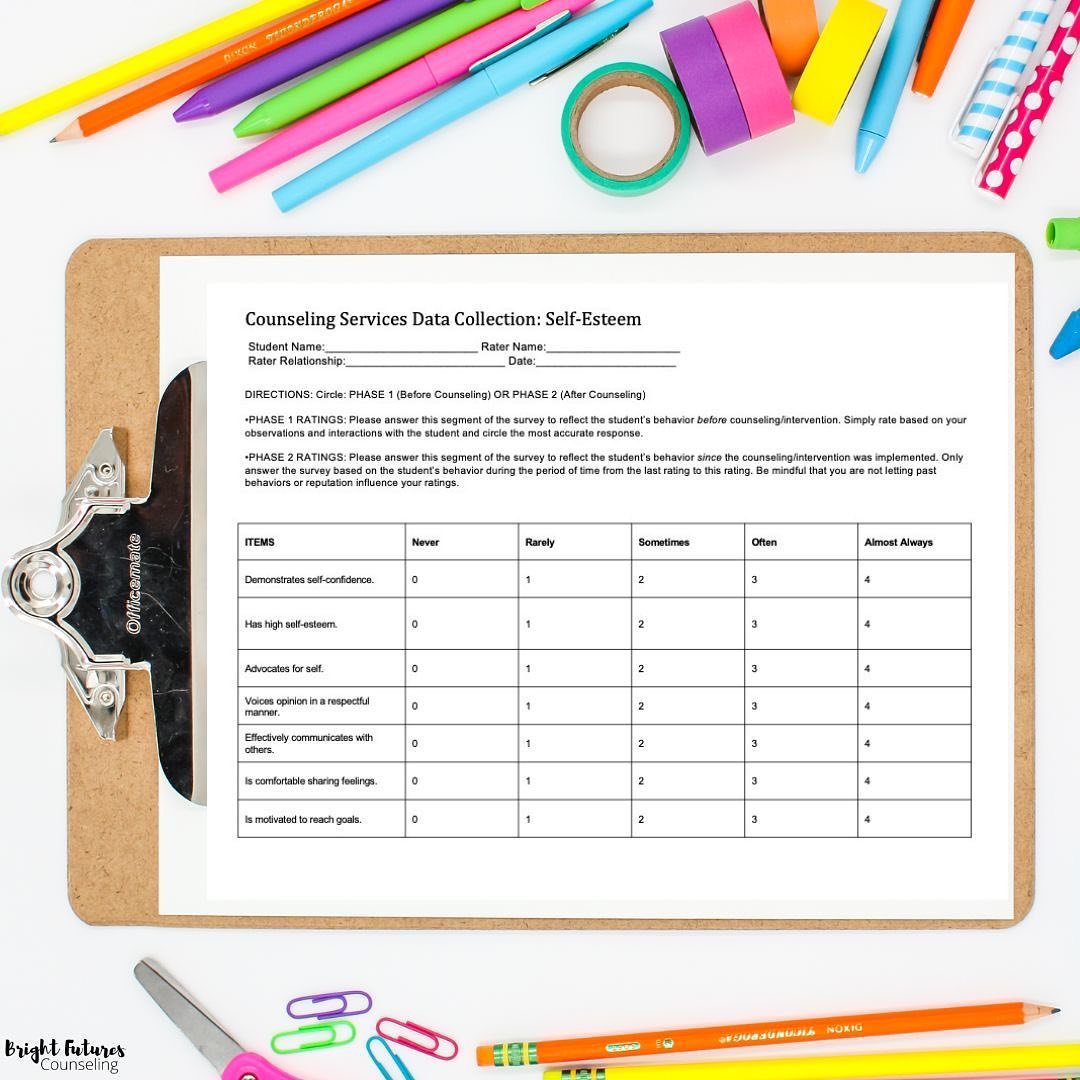Indirect vs Direct Student Services: A Guide for School Counselors
As counselors we know that working directly with the kiddos is the best part! But, there’s some backend tasks that are also essential to running a smooth school counseling program. I referenced the ASCA School Counselor Professional Standards & Competencies to determine how to distribute and focus our efforts so we can maximize student success!
How School Counselors can Provide Indirect Student Services
B-SS 1. Design and implement instruction aligned to the ASCA Student Standards: Mindsets & Behaviors for Student Success in large-group, classroom, small-group and individual settings
Reference the ASCA Student Standards: Mindsets & Behaviors for Student Success when you are creating an outline for your counseling session. You’ll want to identify an objective and align it to the corresponding ASCA Standards. You can then select activities to teach this objective and use data tools like self-assessments to measure student understanding. Seem like a lot of work? Snag my “done for you” curriculum here.
B-SS 3. Provide short-term counseling in small-group and individual settings
There are some behind the scenes indirect services that are necessary to provide before you start providing counseling. Use data and screeners like ACES to identify which students are good candidates for counseling. And be sure to explain the differences between short-term counseling (the school counselor’s role!) and long-term therapy (not our role!).
B-SS 4. Make referrals to appropriate school and community resources
Sometimes it is necessary to refer to outside resources. If a student is continuing to struggle after individual sessions perhaps they need more support. This could replace or supplement your counseling sessions. Having a reputable referral list compiled is a helpful resource for families if the need should arise.
B-SS 5. Consult to support student achievement and success
There are four key ways to consult for student success:
Communicate with parents, teachers, etc to determine how to best serve students.
Share strategies with parents and teachers to implement.
Meet with other school counselors to determine you are following best practices.
Train teachers during inservice days or host parent workshops to extend your counseling reach!
Listen to this podcast series about being a team player!
How School Counselors can Provide Direct Student Services
B-SS 1. Design and implement instruction aligned to the ASCA Student Standards: Mindsets & Behaviors for Student Success in large-group, classroom, small-group and individual settings
Use a variety of lessons and activities to deliver counseling concepts. This is the bread and butter baby! Now that you’ve planned ASCA aligned outlines through indirect services. It’s time to actually teach lessons!
I love to use a variety of engaging and hands-on counseling activities such as:
Role play scenarios
B-SS 3. Provide short-term counseling in small-group and individual settings
This is when you will be delivering the direct student services of small group and individual counseling. Sessions should be around 30 minutes and last 6-8 weeks. Be sure to follow an outline and collect data using self-assessments and behavior surveys.
Check out my small group and individual counseling lesson plans here.
Hopefully this breakdown helps you feel more equipped to deliver direct and indirect counseling services!







